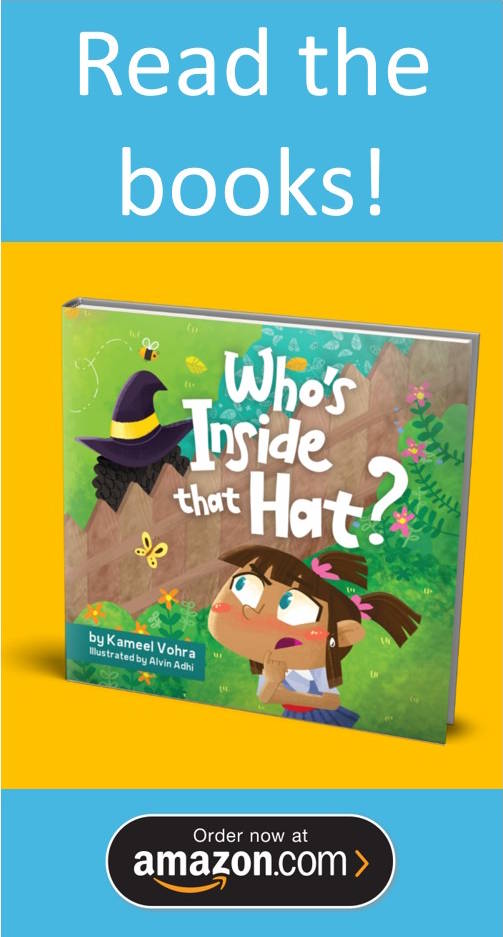Reading stories aloud to your child at bedtime is a fantastic way to bond, promote literacy, and help them develop their imagination. But what if your child only wants to hear the same book Every. Single. Night?
Believe it or not, it’s actually not a bad thing! You’re not stuck in a Ground Hog day loop. There are actually benefits to reading the same story repeatedly. Children learn from repetition, especially between the ages of 3-5. It helps children build fluency, but it also gives them a chance to really understand the characters, and to explore different things within the safety of the same story.
How do you keep it interesting? (for you and them)
Reading new stories in an interesting manner can be tough. So much so that we wrote about how to tell a great bedtime story and it’s one of our most popular articles. So how can you keep the same bedtime story interesting for your kids? Try some of these ideas:
- Use different voices for the characters on different nights. This will help your child stay engaged and make the story more fun. Try to make the voices distinct and recognizable, enough that your child can tell who’s talking. Don’t be afraid to exaggerate the voices, it can be loads of fun. If your child knows the story well, they could even say some of the lines in a funny accent. Adding facial express and body language to a good bedtime story can really help set the mood – and make it much easier to help you create the different voices.
- Relate the story to your child’s own life. How have your child’s experiences been similar to or different from the experiences of the characters in the story? Look for similarities between elements of the story and your child’s day, or recent emotions and experiences. For instance, if there’s a character that’s afraid of the dark, you could talk about your child’s own fears. How do they deal with their fears? How can they overcome them?
- Explore the path not taken. Similar to Marvel’s ‘What If?’ series, this is an opportunity to try sending characters down slightly different paths. Perhaps the wolf hadn’t been doing his morning exercise and he struggled to blow down the house of straw? Maybe he needed a workout routine and a quick montage before the story resumes? Exploring outside of the normal routes allows you to have a bit of fun and work completely new concepts into the usual bedtime routine.
Can a story have more than one moral?
Every story has a moral, usually more than one for every child. Don’t believe me? Try reading a story to a class of children and asking what the moral is. They’ll all have different ideas. Consider some of these familiar fables:
- The Boy Who Cried Wolf could be interpreted as a moral about honesty, or it could be interpreted as a moral about the dangers of being too quick to judge.
- The Ugly Duckling could be about accepting oneself, or the moral could be about the value of perseverance.
- The Three Little Pigs could be about working hard, being prepared for danger, or the importance of family.
To help your child reach some of the other potential morals from their favourite story, here’s a few things you could try:
- Ask questions about the story, characters, their feelings and motivations. To get them thinking about the moral of the story and its meaning, start by asking open-ended questions. This’ll help get a little bit of discussion going and allow the child to express themselves. Remember to follow-up on their questions, the point of bedtime stories isn’t just stories and morals, but about bonding, expression and learning. Often children will share their deepest feelings and thoughts when they’re comfortably in bed, feeling secure and are almost ready to sleep.
- Explore the different perspectives of the characters. Each character will have their own unique perspectives on what’s happening. This means that each character will learn different things from their experience in the story. As an example, in the ‘The Tortoise and the Hare’, the tortoise might learn that slow and steady wins the race, whilst the hare may have learnt that overconfidence could be bad.
- Look at different points of the story. By focusing on different events or parts of the story, you can find different meanings. For example, in the story of The Three Little Pigs look at how much effort went into designing, gathering materials, or learning to build. Alternatively focus on what happened when the first house fell down, what did the pig do & why?
Ultimately, the moral is up to kid (and how you frame it up). There is no right or wrong moral, it’s ok for kids to reach different conclusions. Remember to keep guiding them as they go.
TLDR
The same story can be a surprisingly expansive world for your little one. Try exploring different parts of the story, different characters and doing things out of order. It’s about helping them learn to explore new things whilst staying within reach of their comfort zone. Just like Bill Murray in Ground Hog day, don’t be afraid shake try different things and learn something new as you go!



